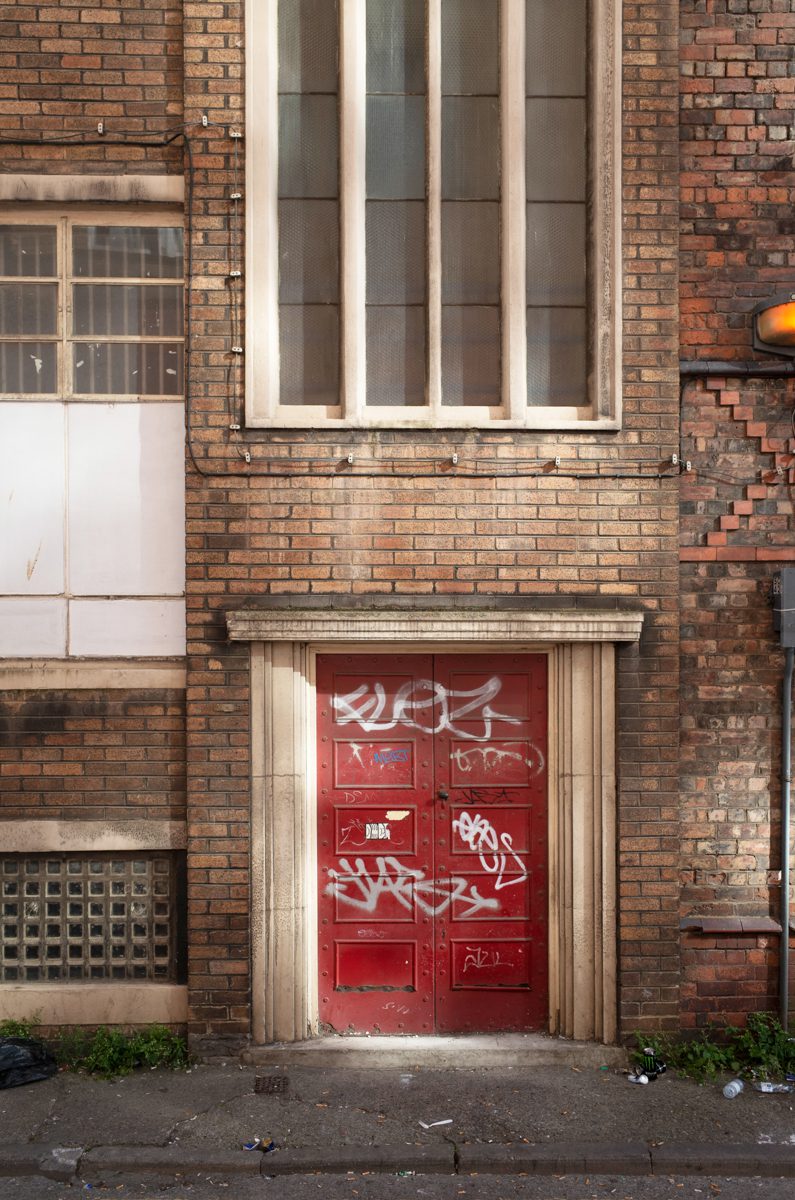Liverpool city centre spaces
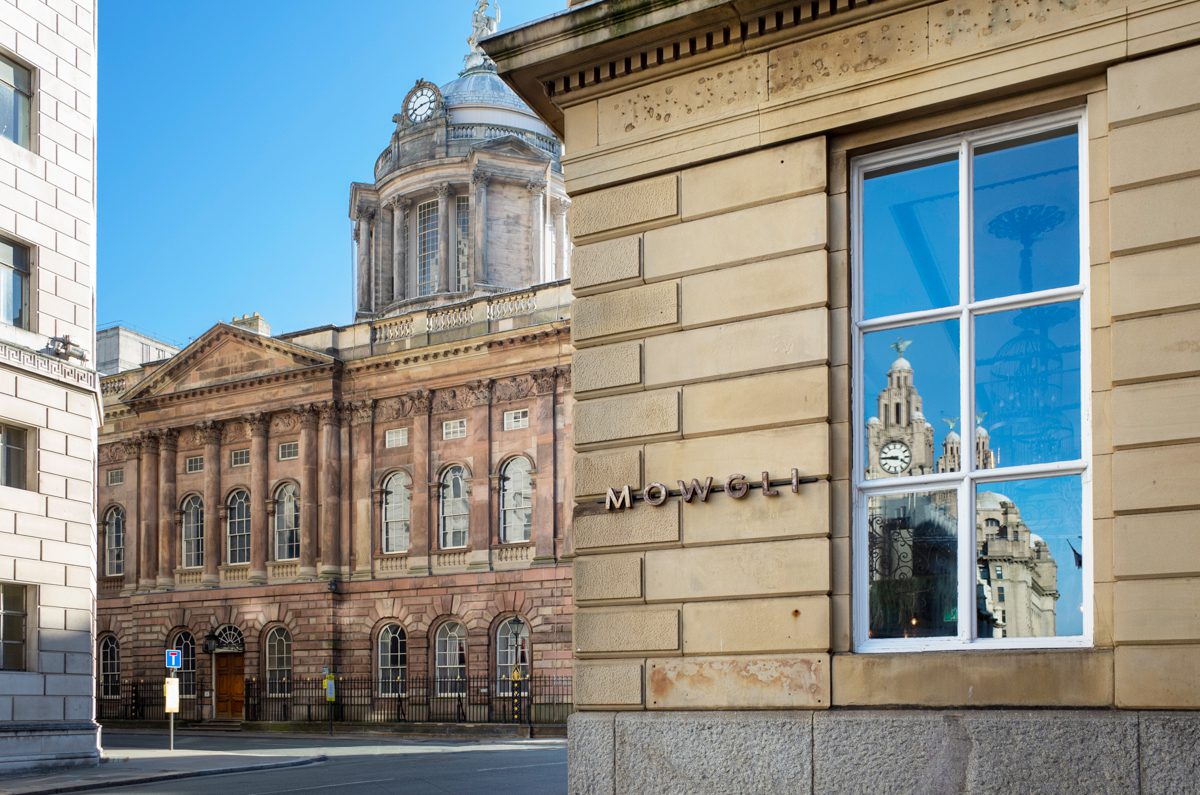
Liverpool contains one of the most diverse range of architecture and urban spaces of any of the European post-industrial cities. It owes this mainly to a rapid expansion of trade and population within the context of the British Empire and the Industrial Revolution, spanning some 300 years. Shipping firms access to offices space, banking and insurance. Traders required warehouses. Workers needed housing. The bombing of the early 1940s, uncoordinated post-war rebuilding plans and the decline in the traditional port activities shifted the centre of gravity away from the commercial district and more towards retail.
Water Street
Water Street is one of the city’s oldest streets (dating back to the 13th century) and the main approach from the river. At the other end is Liverpool Town Hall (built 1749-1754) at the junction of Castle Street. The image above (taken from Lower Catsle St) shows the town hall and the Liver Buildings reflected in the windows of the Mowgli restaurant (originally the Manchester and Liverpool District Bank, later the NatWest, then Midshire Building Society).
Martins Bank, 4 Water Street Liverpool.
The 150ft Martins Bank was designed along Roman lines by Herbert Rowse and opened in 1932 (his “masterpiece” says Pevsner). Rowse studied under Reilly at the University School of Architecture and was influenced by his travles across America.
Nine floors are above ground plus a mezzanine and three below, steel framed, reinforced, Portland stone clad and sitting on 50ft deep foundations. It hasn’t served a customer since 2007 (Barclays aquired Martins in 1969), but plans are progressing by Kinrise to covert it to office, social and restaurant space. The main bronze doors – see the pictures below – are viewed as a superior example of American classicism and any grasshoppers you can see are a reference to the old Martins coat of arms. The other relief sculptures at the entrance have provoked controversy as dignifying the role of slavery in Liverpool’s economy; other see them as referencing the international aspect of the city’s trade and prosperity.
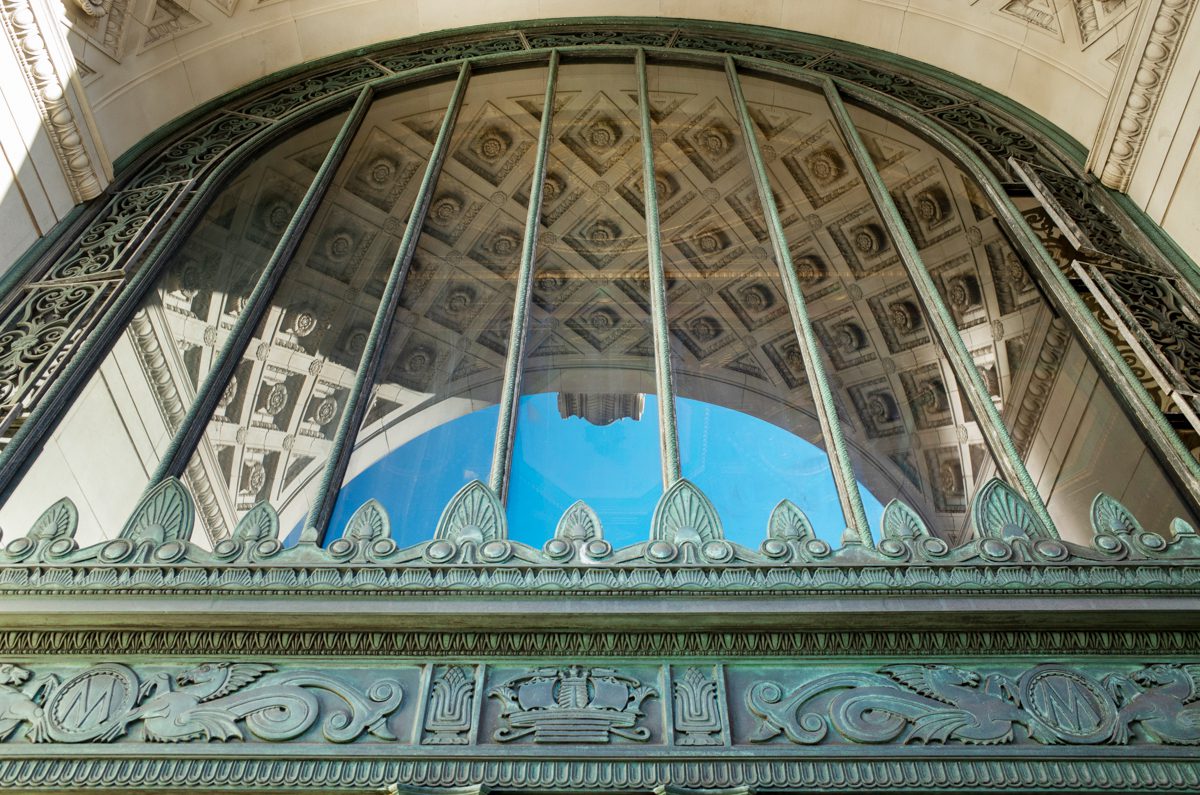
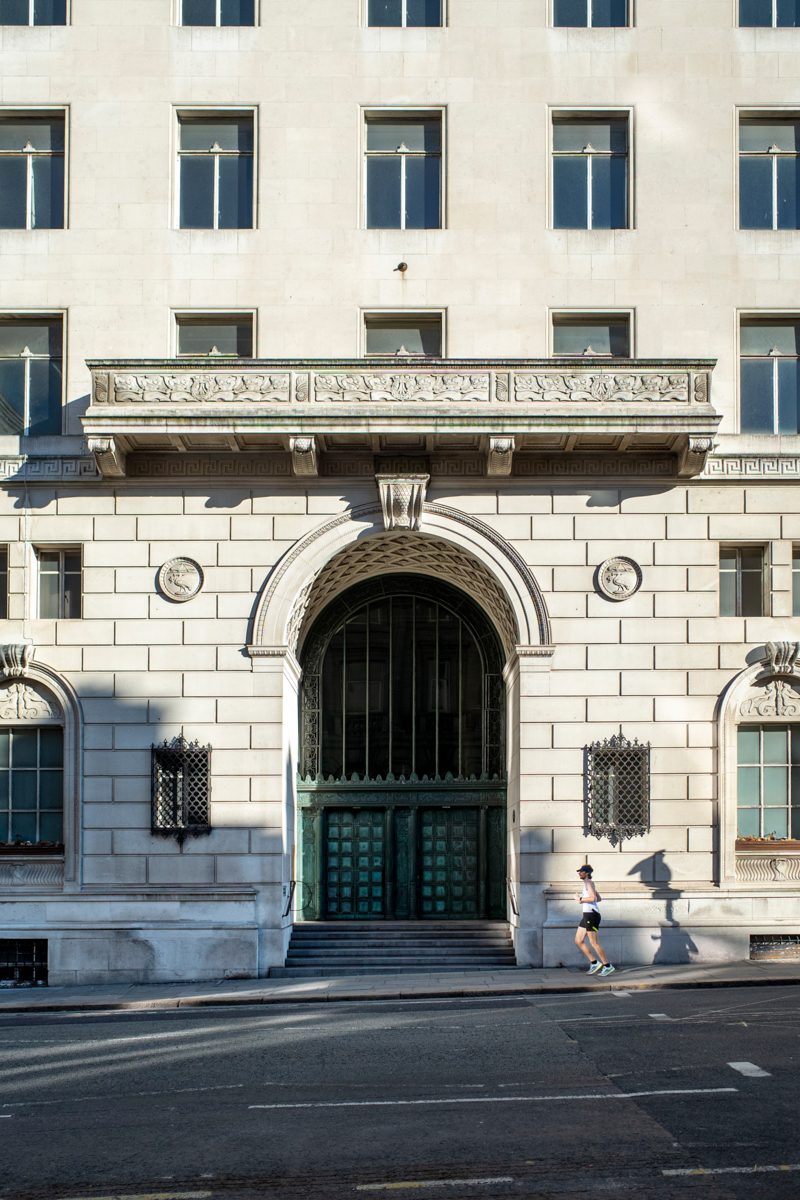
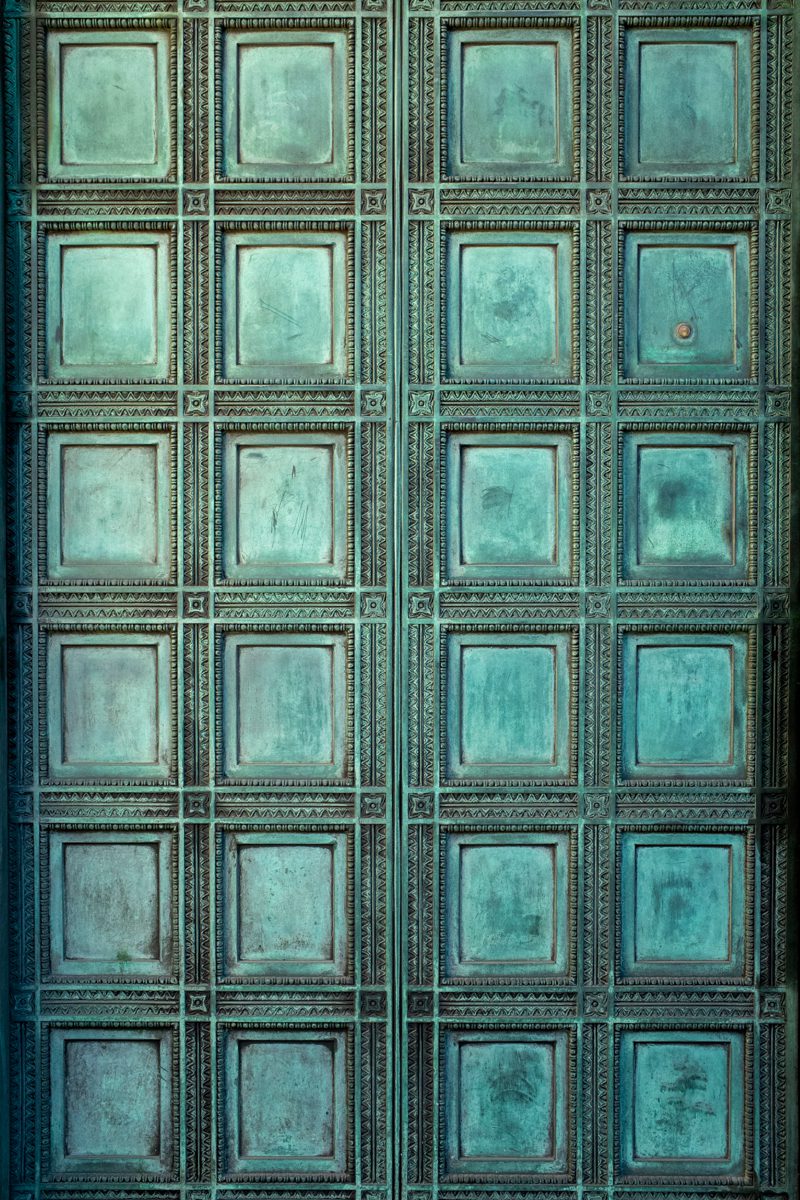
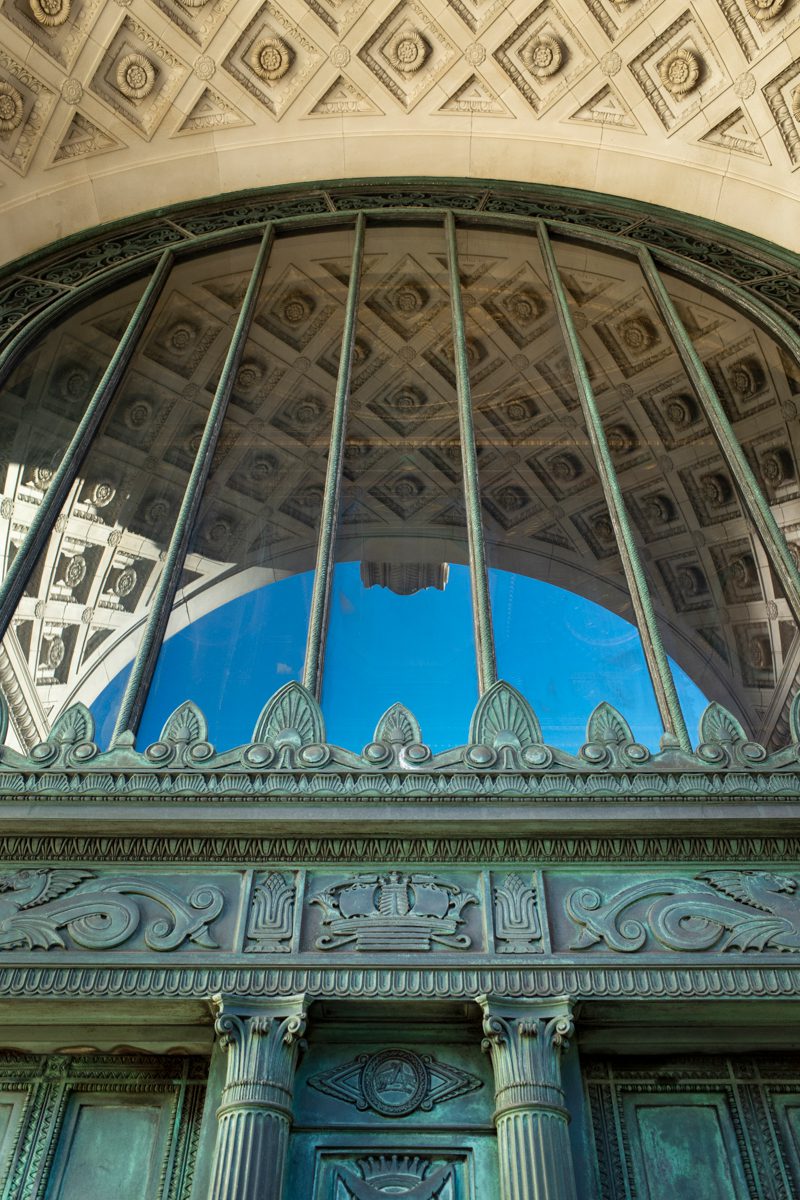
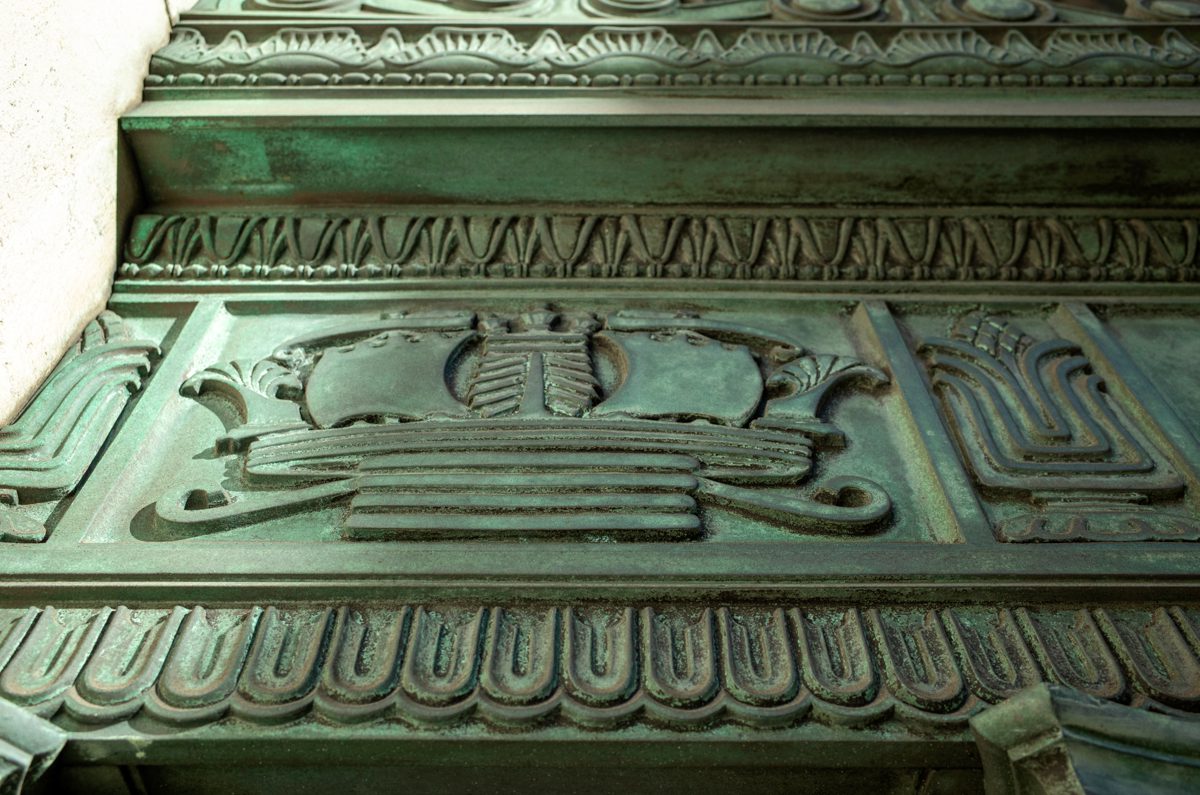
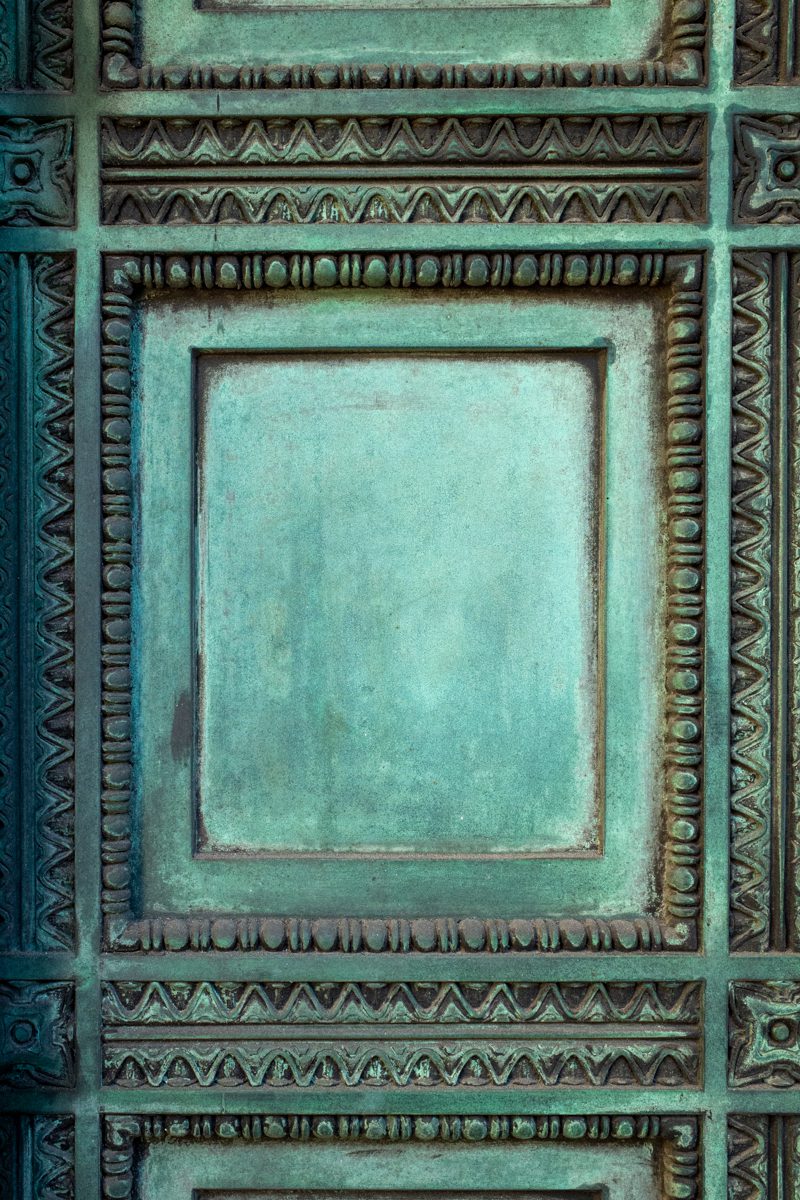
Tempest Hey Liverpool, L1
Between Moorfields and Exchange East lies Tempest Hey, Hackins Hey, Ryleys Gardens and Eberle St. Until the 1960s, this area still contained the remains of old warhouses and derelict dwellings before makinhg way for selective redevelopment with the rest given over to ground level car parks. The once squalid and narrow courts were overcrowded with many destitute immigrants who had arrived in Victorian Liverpool (the parish records show bricklayers, tallow chandlers and mariners.
No.15 Tempest Hey remains. It was designed in 1849 by William Culshaw as a warehouse and offices for brokers John Rawlinson, Sons & Co.
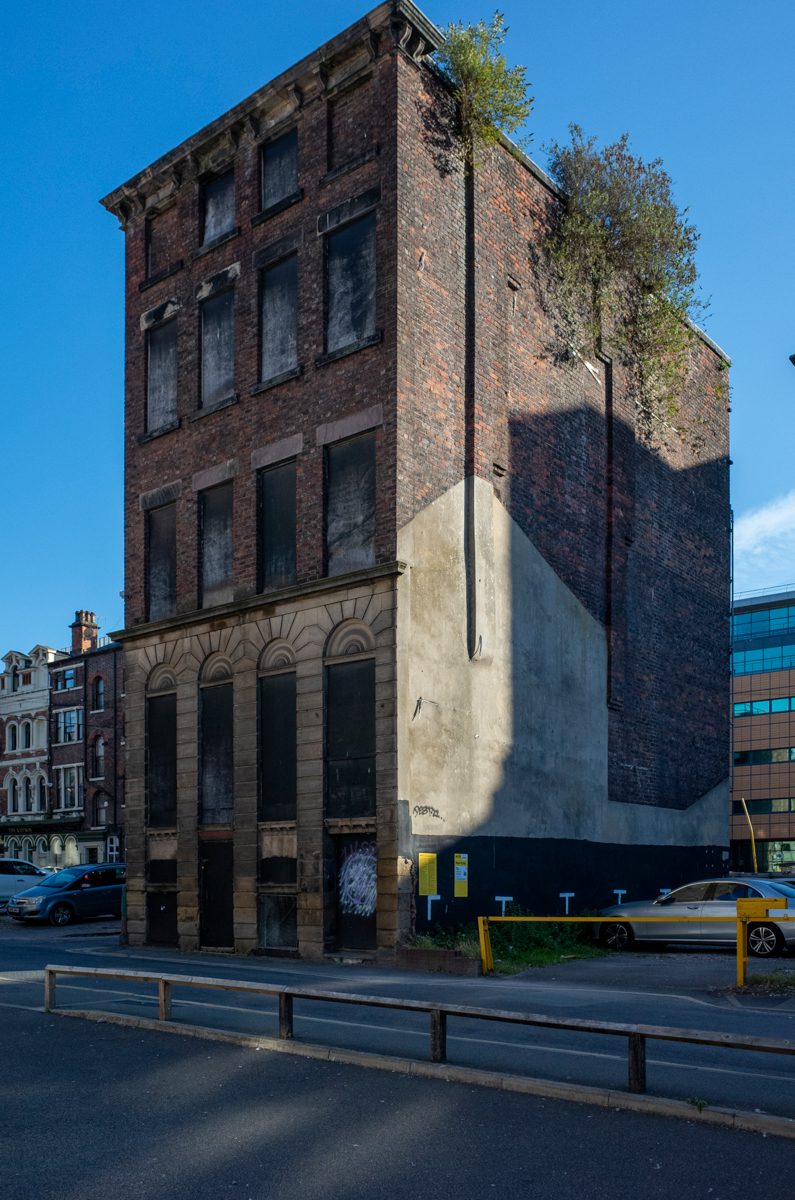
Between Moorfields and Hackins Hey is a car park and the a mural on the rear to one of the Moorfield shops:
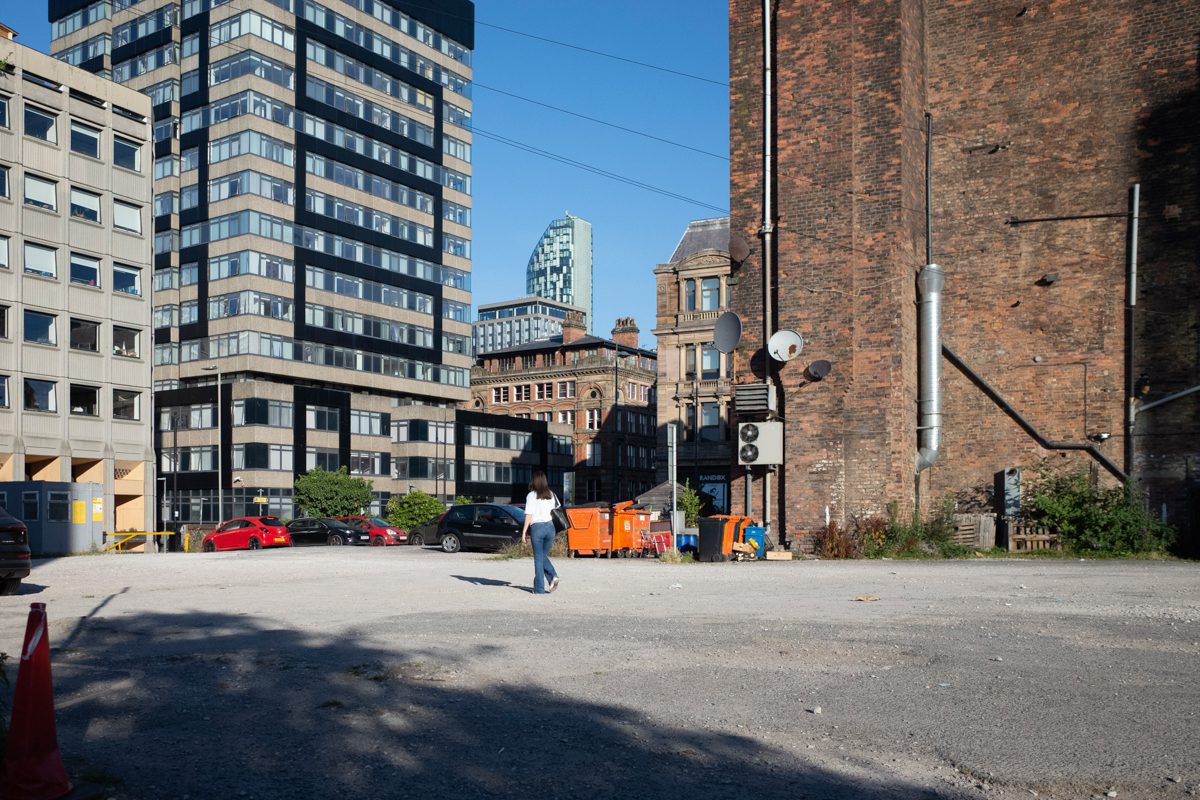
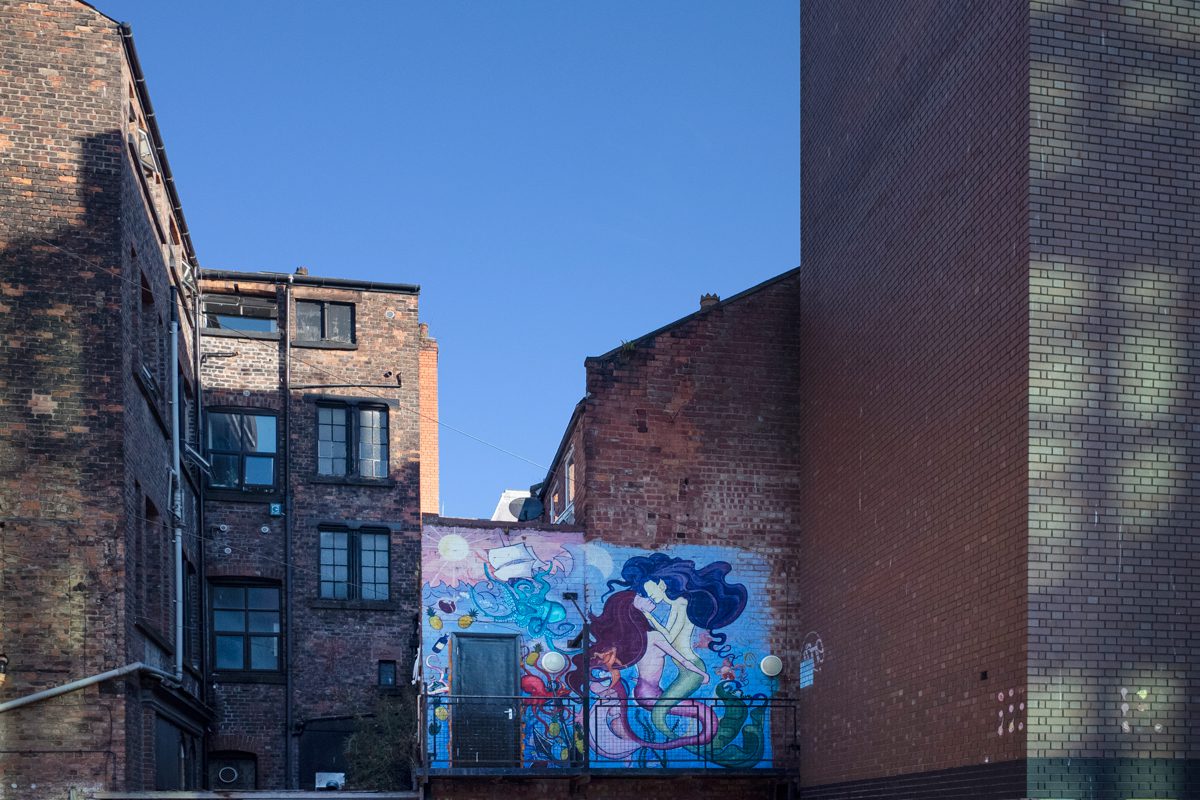
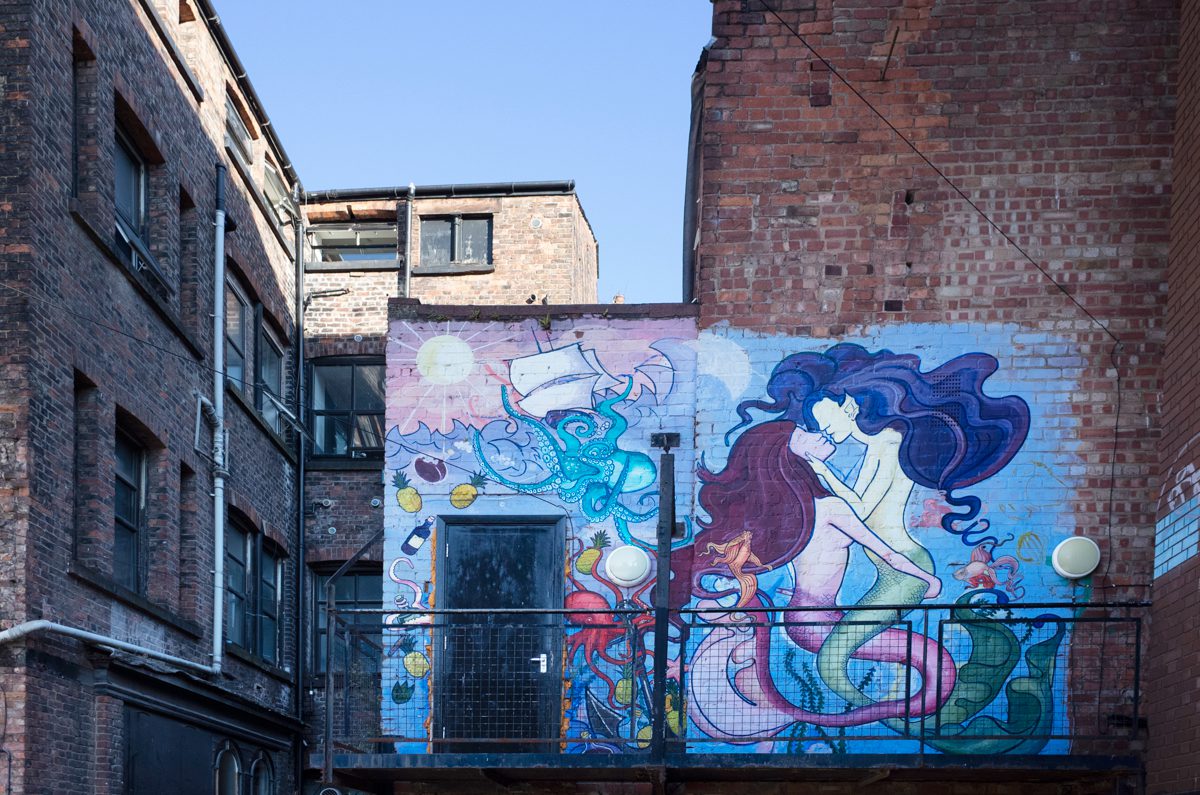
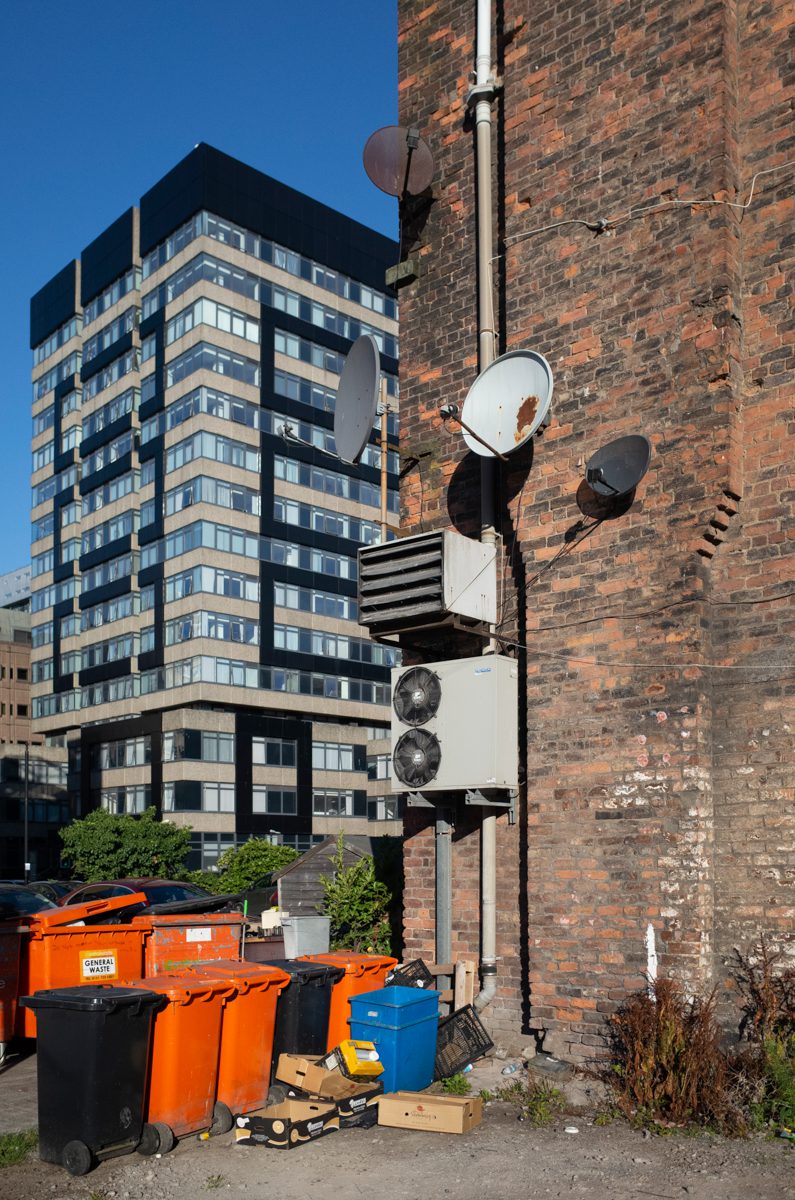
The 1979 Tempest Building was given a makover in 2015 and is covered on one side by a mural by street artitts Nomad Clan. It took the all-female street art crew two weeks to complete the mural which at more than 21m tall is one of the biggest in the North of England.
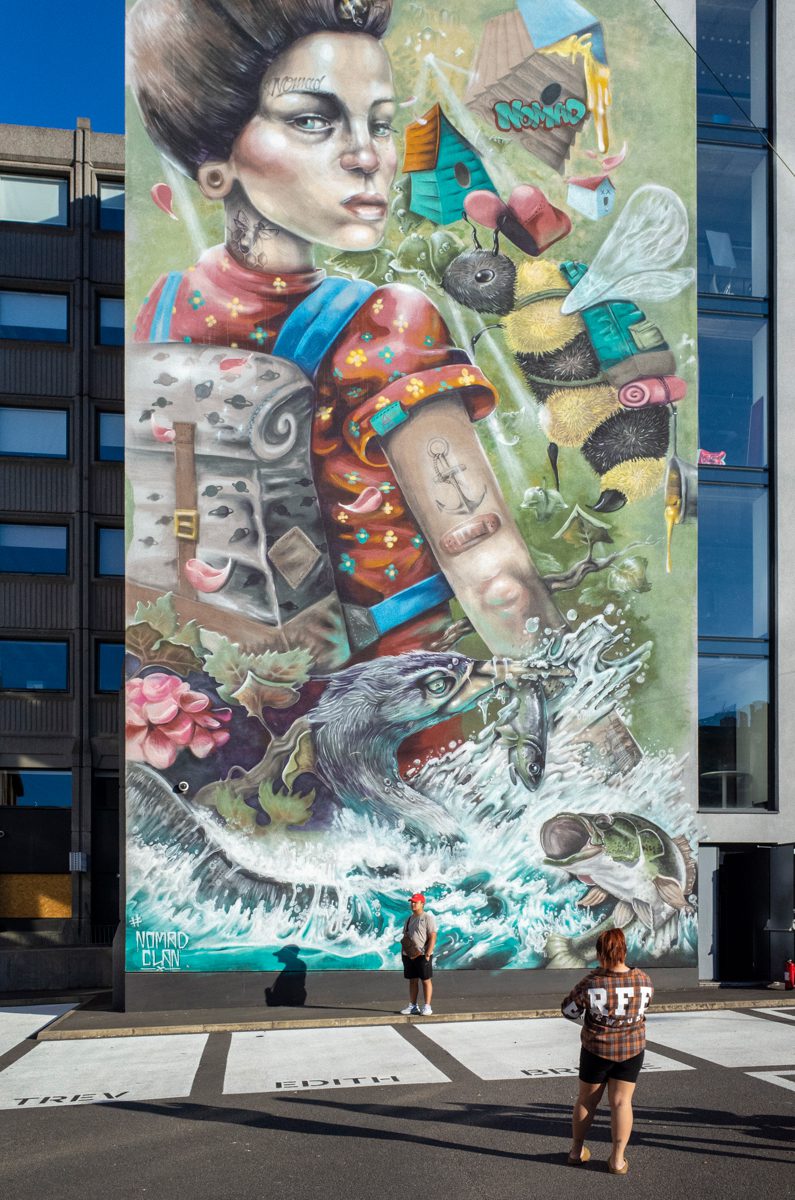
Victoria Street, Liverpool L1
The Lisbon Building, 35 Victoria Street
The Lisbon bar is one of the city’s oldest watering holes but also regarded since the 1970s as onf of Liverpool’s first gay bars. It sits within a Grade II listed Lisbon Buildings completed in 1882. Victoria Street is one of Liverpools more recent “new” streets from 1868, cutting a line across the city from west to east through what were insanitarty houses. The western side became favoured by fruit dealers as offices and warehousing, banks, railway companies and a post office to the south, and the east occupied by newspapers.
In the 1900s The Lisbon Buildings housed tea merchants, sugar refiners and fruit merchants. By the 1930s Yeoward Bros (the Yeoward Line ran steamer crossings from Liverpool to Lisbon and then on to the Canaries) operated from the ground floor, The Lisbon Grill from the basement and the offices of the Leigh and District Lending Society above.
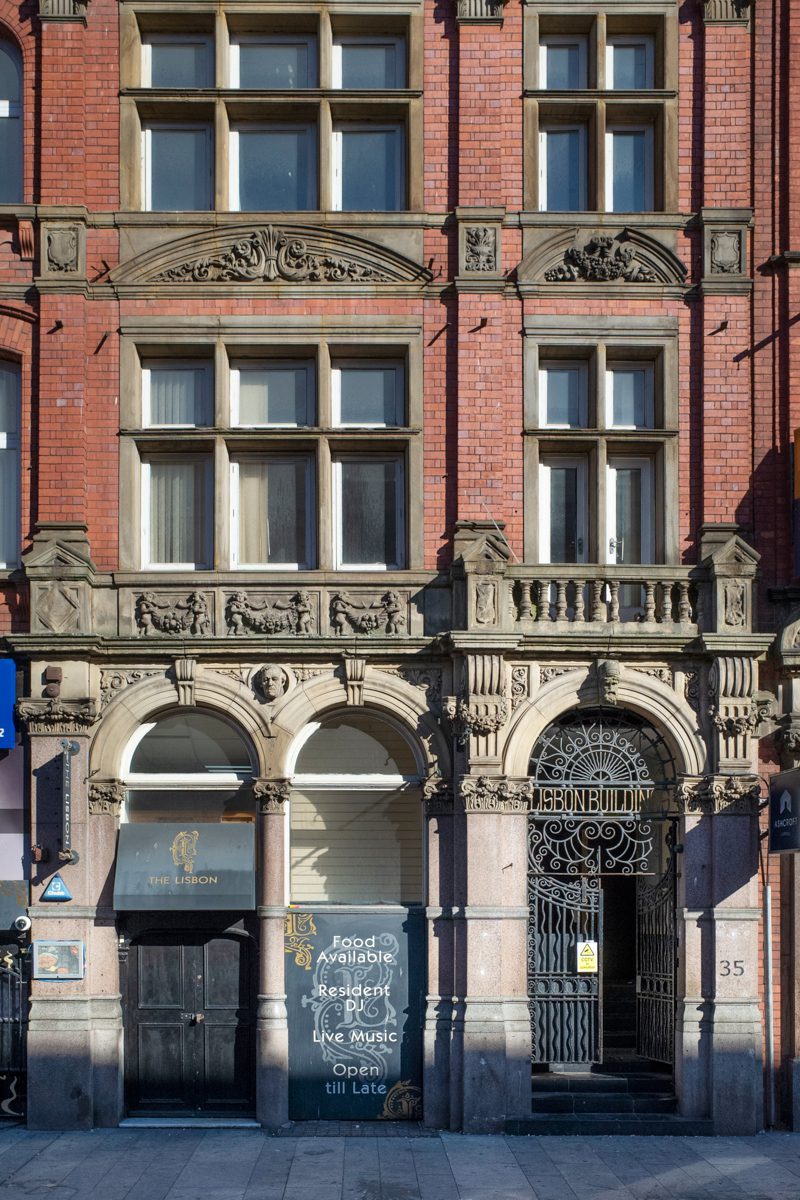
The Ashcroft Building, 37 Victoria Street
Coucou Canard was a French insipred wine bar and bistro, sister restaurant of Champagne and Fromage bar next door that opened in April 2019. Both had previously had a presence at the Grand Central Food Bazaar on Renshaw Street. The two fronatges were previously home to Vietnamese restaurant Mr Ho’s. There was also meant to be a restaurant called “37” and the “Victoria Street Jazz bar” to compete the line up. By April 2020 however, the businesses had been wound up.
The Ashcroft Building was purpose built in 1883 for James Ashcroft for the manufacture and display of his famous billiard tables and fittings.
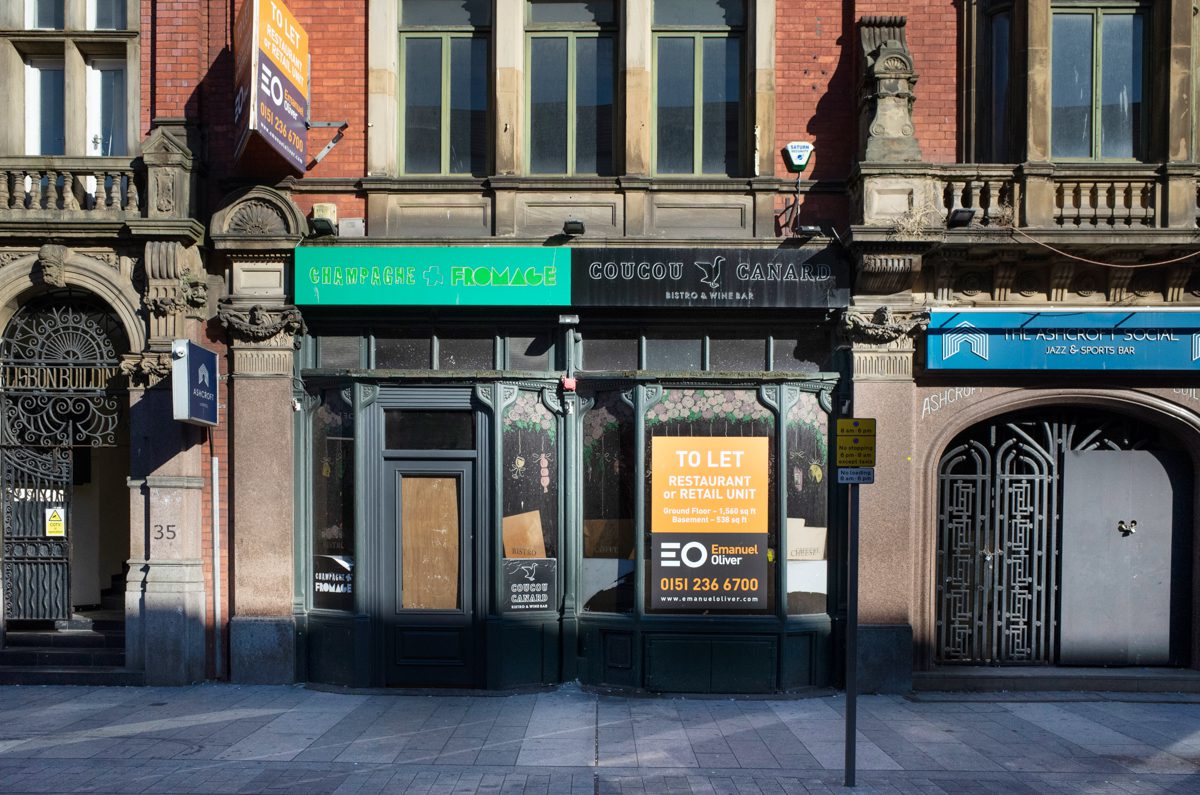
Johnson St, Liverpool L3
Corner of Johnson St and Great Crosshall St
Johnson St used to be home to Bent’s Brewery Co Ltd until the end of the 1960s. Named after the two builders who has premises there, it was also full of tightly packed slum dwellings (courts 1,3,10 snadwiched between Johnson Street and North Street) together with an oil / turps warehouse.
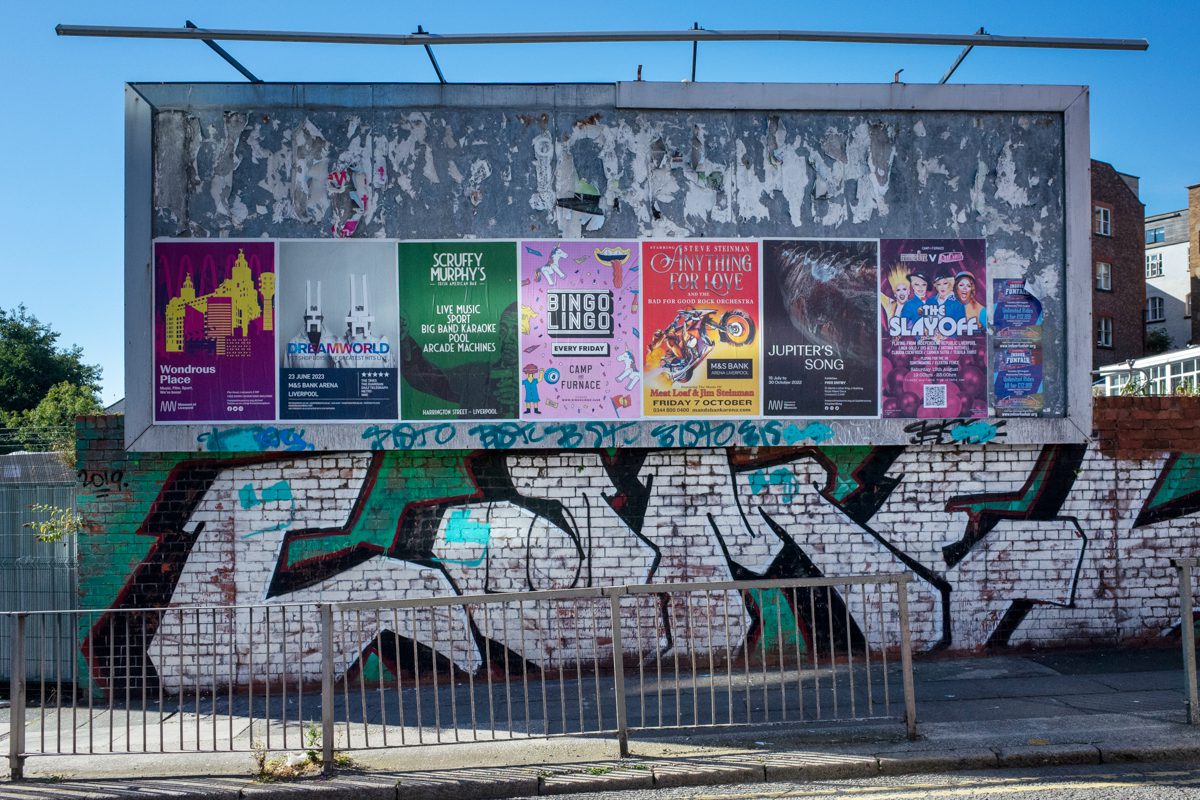
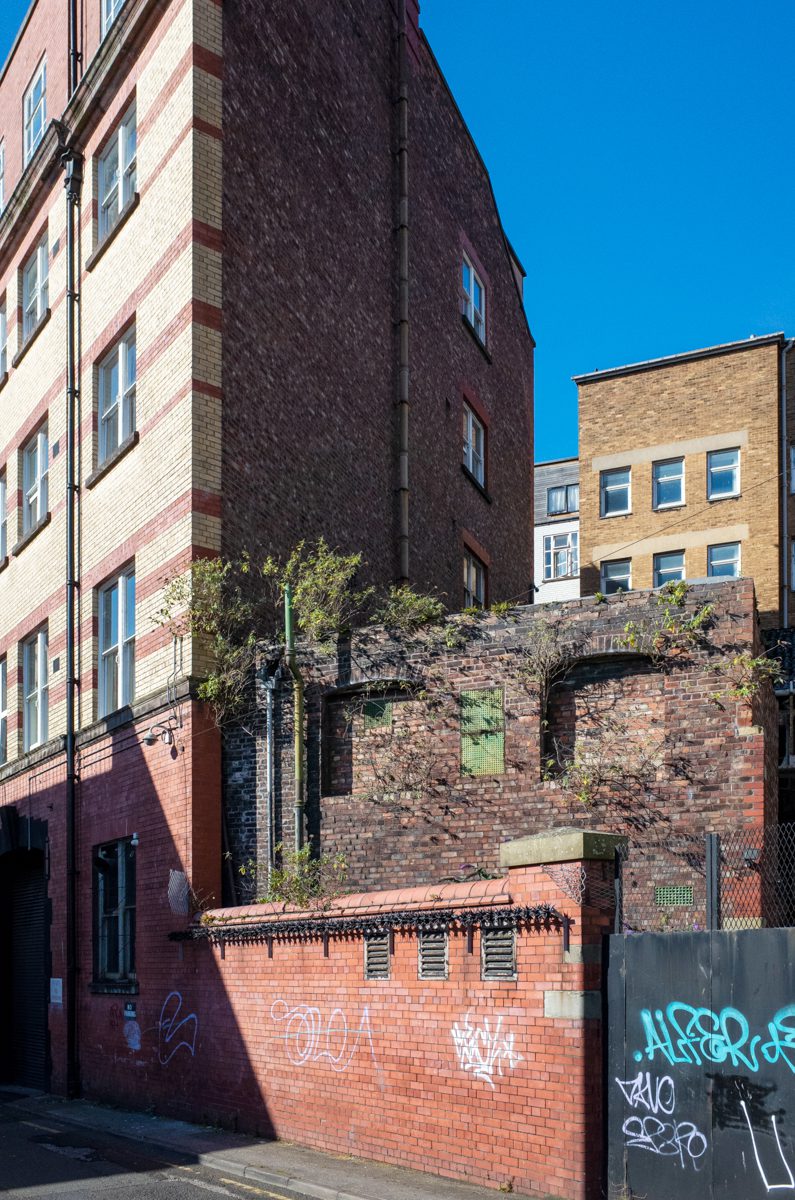
Museum archives Johnson St
The National Museums of Liverpool occupy 20-22 for storage of their archives of exhbits and documents. This and the Reserve Store (North Street) were originally a warehouse owned by Higson’s.
The more modern buildings with concrete floors (North Street and Johnson St) are listed on the 1950 Goad Insurance Map as being bottling plants and wines and spirit warehouses standing between the main brewery and the offices of the Fire Salvage Association of Liverpool.
